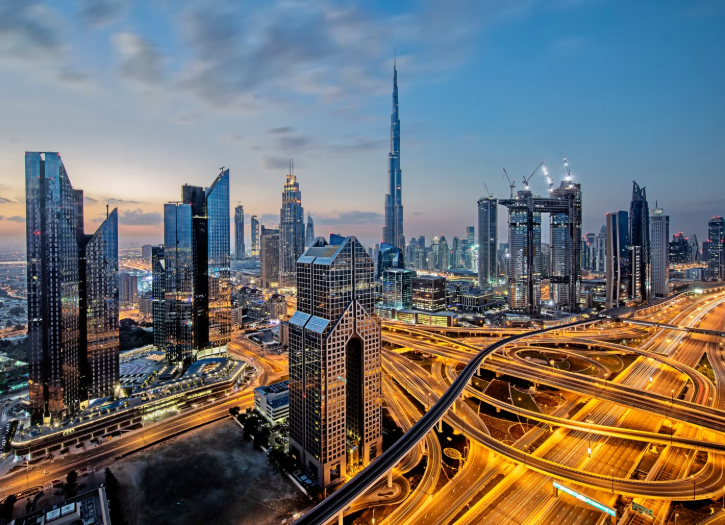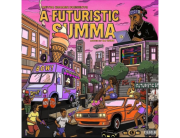Dubai has developed into a significant regional and international trade hub, emphasizing tourism and luxury. Being the center for regional and international trade since the early 20th century; its economy relies on revenues from trade, tourism, aviation, real estate, and financial services.
Dubai is a major global business hub, consistently ranked among the top cities for trade, finance, and logistics. The Dubai International Financial Centre (DIFC), a leading financial hub in the Middle East and Africa, is home to over 2,500 international companies. The city has a substantial real estate market, with $761 billion in transactions in 2024 alone. It has the second-most five-star hotels in the world after London and boasts the tallest building in the world, the Burj Khalifa, which stands at 828 meters (2,717 ft).
Due to financial secrecy, low taxes, and valuable real estate, Dubai is an appealing destination for money launderers, criminals, corrupt political figures and sanctioned businesspeople to launder or hide money. Dubai was ranked 43rd out of 48 cities in overall environment due to issues such as poor air quality, lack of urban greenery, and lack of renewable energy. Dubai International Airport (DXB) is the world’s busiest airport for international passenger traffic, handling over 92 million passengers annually as of 2024.
Tourism is an important part of the Dubai government’s strategy to maintain the flow of foreign cash into the emirate. Dubai’s lure for tourists is based mainly on shopping, but also on its possession of other ancient and modern attractions. As of 2018, Dubai is the fourth-most-visited city in the world based on the number of international visitors and the fastest growing, increasing by a 10.7% rate. The city hosted 14.9 million overnight visitors in 2016, and is expected to reach 20 million tourists by 2020. A great tourist attraction in Dubai is the Burj Khalifa, currently the tallest building in the world, although Jeddah Tower in Jeddah, Saudi Arabia, is aiming to be taller.
Dubai has been called the “shopping capital of the Middle East“. Dubai alone has more than 70 shopping centres, including the world’s second-largest shopping centre, The Dubai Mall. As of June 2024, the Emirate real estate developer Emaar Properties announced plans to expand the 12-million-square-foot mall for 1.5 billion dirhams ($408 million), adding a further 240 luxury stores, along with new food outlets. Dubai is also known for the historical souk districts located on either side of its creek.
Traditionally, dhows from East Asia, China, Sri Lanka, and India would discharge their cargo, and the goods would be bargained over in the souks adjacent to the docks. Dubai Creek played a vital role in sustaining the life of the community in the city and was the resource that originally drove the economic boom in Dubai. As of September 2013, Dubai Creek has been proposed as a UNESCO World Heritage Site. Many boutiques and jewelry stores are also found in the city. Dubai is also referred to as “the City of Gold” as the Gold Souk in Deira houses nearly 250 gold retail shops.
Dubai Creek Park in Dubai Creek also plays a vital role in Dubai tourism as it showcases some of the most famous tourist attractions in Dubai, such as the Dolphinarium, Cable Car, Camel Ride, Horse Carriage, and Exotic Birds Shows. Dubai has a wide range of parks like Safa Park, Mushrif Park, and Hamriya Park. Each park is uniquely distinct from the others. Mushrif Park showcases different houses from around the world. A visitor can check out the architectural features of the outside as well as the inside of each house.
Some of the most popular beaches in Dubai are Umm Suqeim Beach, Al Mamzar Beach Park, JBR Open Beach, Kite Beach, Black Palace Beach, and Royal Island Beach Club. Mastercard’s Global Destination Cities Index 2019 found that tourists spend more in Dubai than in any other country. In 2018, the country topped the list for the fourth year in a row with a total spend of $30.82 billion. The average spend per day was found to be $553.







Add Comment
You must be logged in to post a comment.